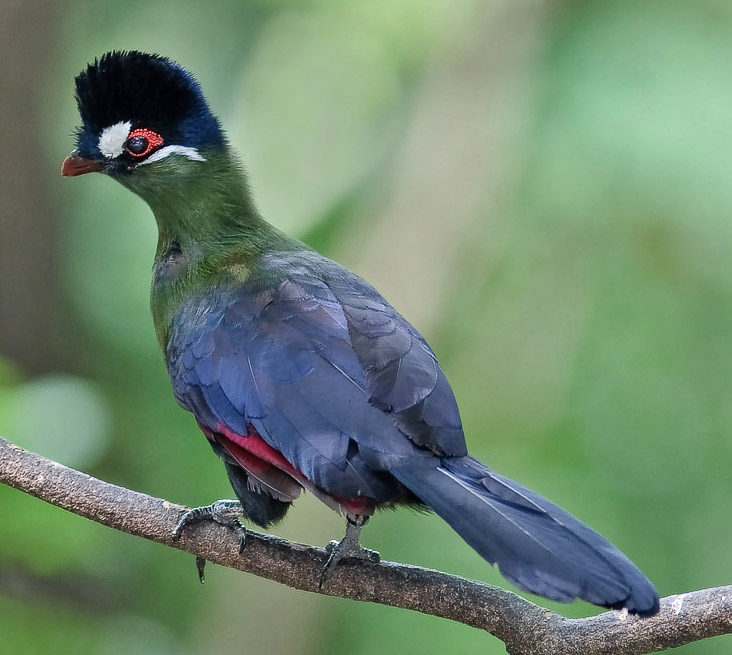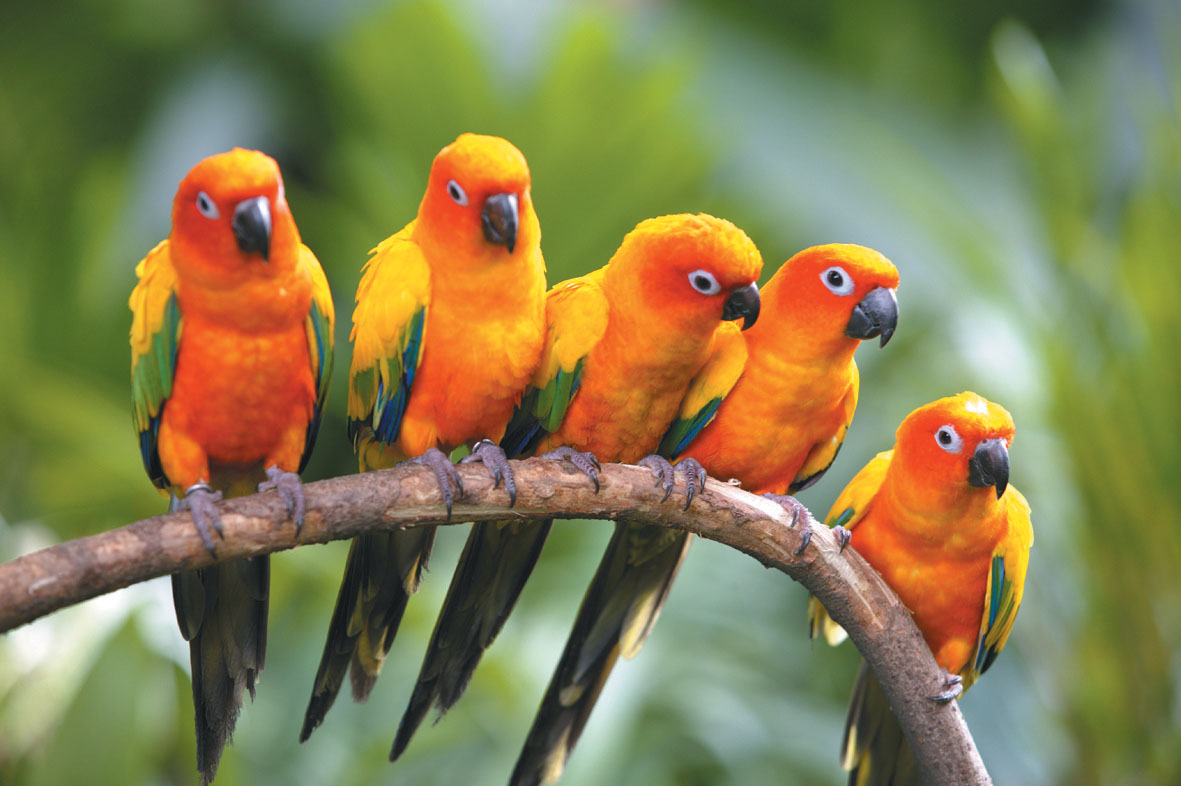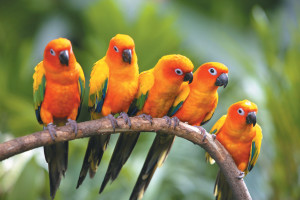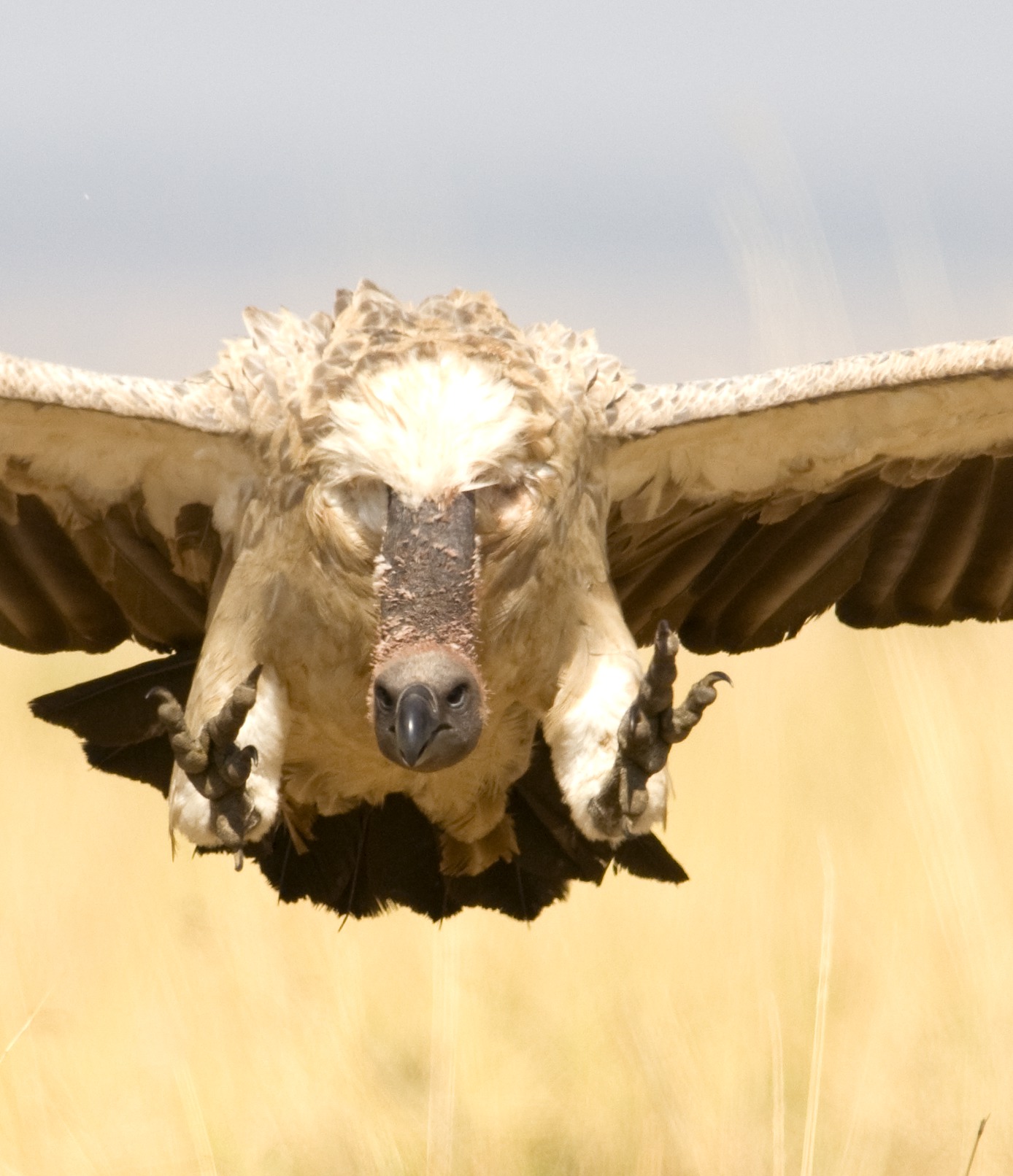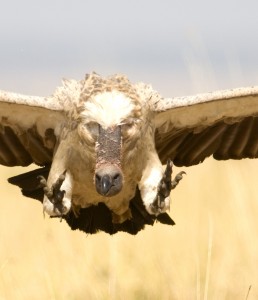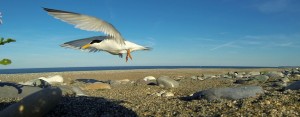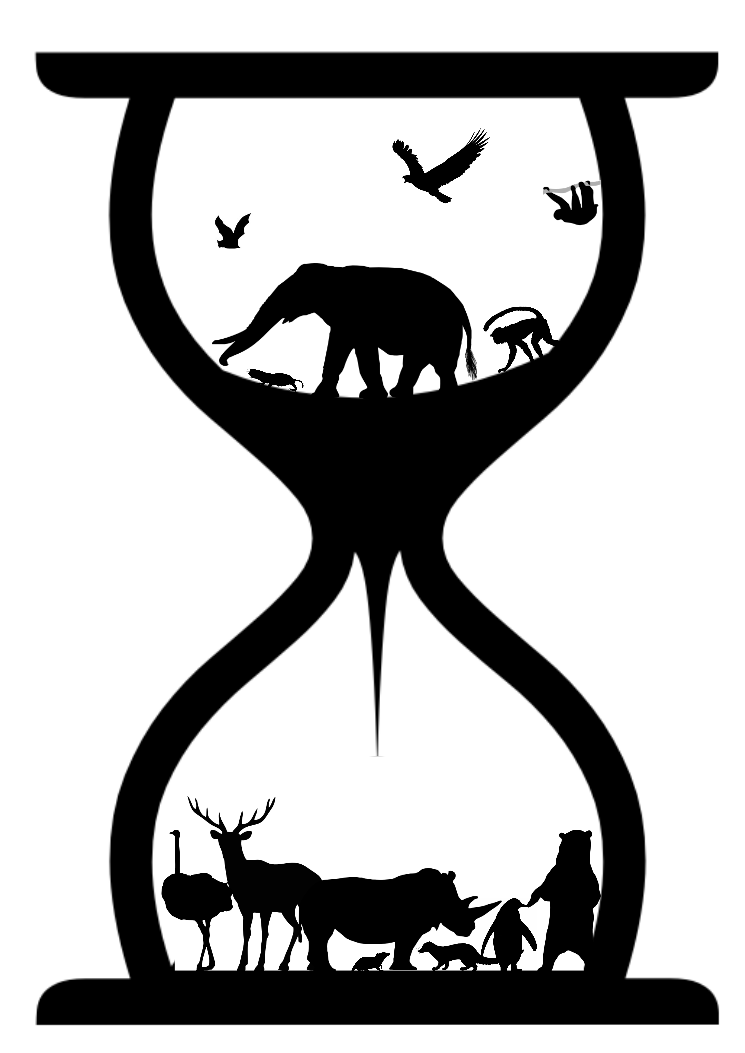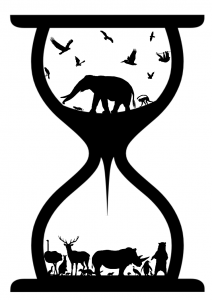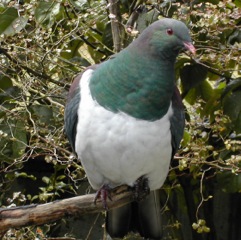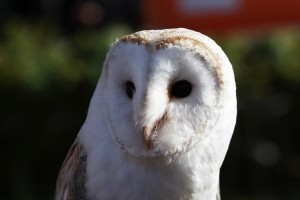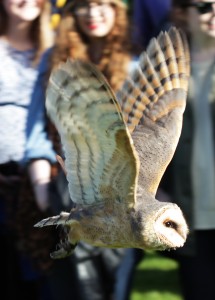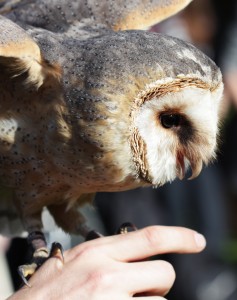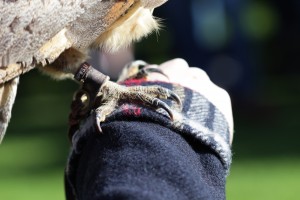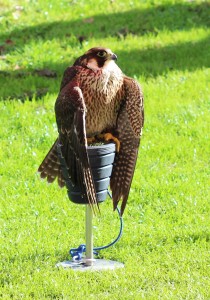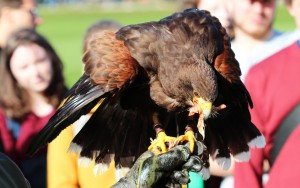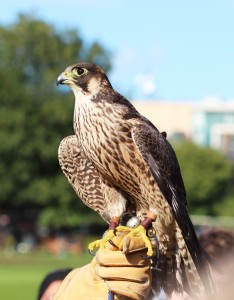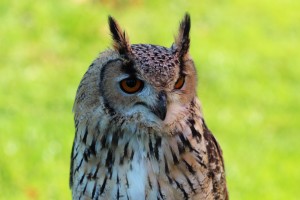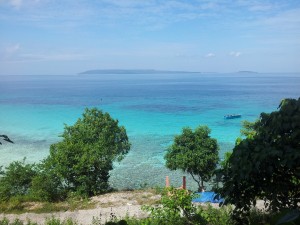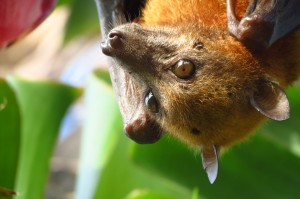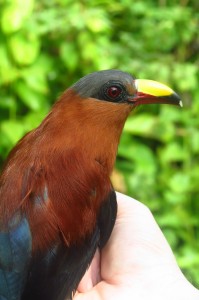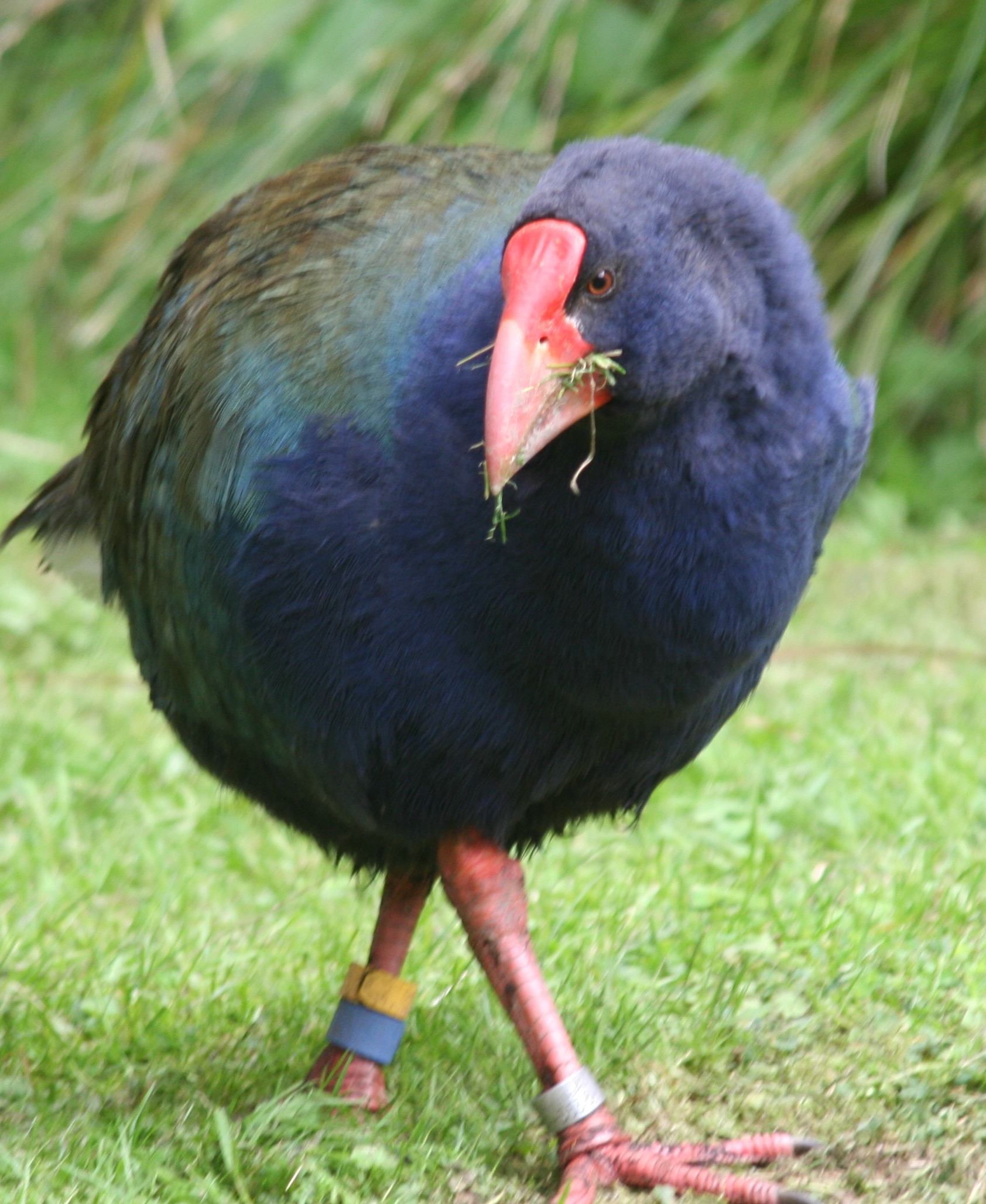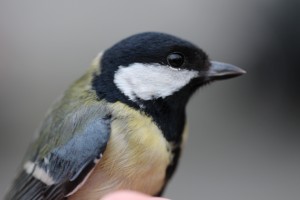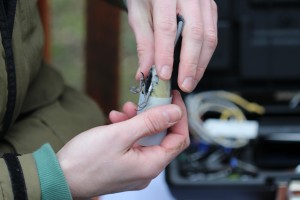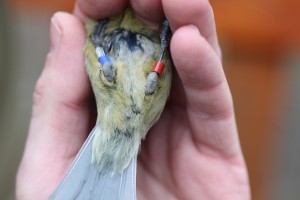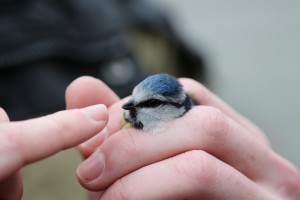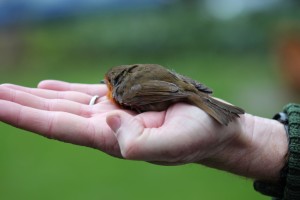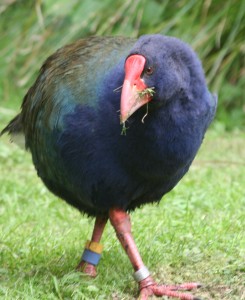
The history of science is, as the name suggests, the study of the historical side of science: the people, the process and the development of the knowledge and techniques that have made science the dominating force it is today. In popular culture the history of science is often told through individuals: the mavericks and geniuses so singular that only they could see the right path to take. The problem with this approach is that it does a mis-service to the hundreds and thousands of people who have worked so tirelessly to make the incremental advances in knowledge that accumulate until the snowball has built into an avalanche and the paradigm is ready to be shifted by whoever is lucky enough to see the pivot first (to hideously mix my metaphors).
Yet there are times when the ‘maverick’ status is not unwarranted. Often the term is used pejoratively to describe someone who will not let go of an idea long-since disproved. But on occasion there are people for whom the inability to give up pays off; and it’s one such person I wish to discuss here today.
The set-up: Otago, South Island, New Zealand, early 1910s. A boy stands in the local museum looking at an old black and white photo of a bird. This bird is unlike any he’s seen. It looks like a pukeko (a large moorhen-like bird) but it is maybe twice the size and three-times the bulk. It has a sharp yet heavy bill that takes up the entire front of the face; a stocky neck and strong bare legs. The legs and bill are the same colour but differ from the dark body. The feathers show signs of different colours on the back and wings though the black and white makes it difficult to be certain. The boy stares, enraptured, and looks at the label: Notornis (Maori: Takahe; Porphyrio hochstetteri): Extinct.
The boy was Geoffrey Orbell, and despite being told (probably repeatedly) that the takahē was extinct and had been since the 1890s, he continued to believe that they were still out there, hiding. Fiordland, the area where takahē were last seen alive, was still relatively unexplored and the mountains and valleys could easily hide a small population, or so Doc (as he was nicknamed due to his medical degree) believed. With a small group of friends he spent his free time tramping through the Murchison Mountains in search of the elusive (and supposedly extinct) bird.
I don’t know how long he searched, how many miles he tramped, how many friends he bored and how many false hopes he had dashed. But I do know that in 1948 he did what no one thought possible: he found a population of living takahē (the name now commonly used).
The discovery caused an immediate reaction and for a while Dr Orbell and his friends were international stars. Scientists hiked to the valley where the takahē had been found and, unusually for the time, recognised the importance of the discovery. Efforts to protect the birds were rapidly put in place. In a news report from 1950 (well worth watching for voice-over and musical accompaniment if nothing else) the population was estimated at 10 breeding pairs, yet this may have been an underestimate as the population was said to reach a low in 1982 of 118 birds.
Until the 1980s the takahē were largely left in peace but a steep decline in population numbers forced the New Zealand Department of Conservation (DOC) to step in. A captive breeding programme combined with translocation to predator-free reserves increased the population to 263 at the beginning of this year. This may not seem impressive for 30 years of active conservation but takahē, in common with many of New Zealand’s endangered birds, are classic K-selected species meaning they live a long time, are slow to reach maturity and have few offspring over the course of their lives.
Predatory rodents that prey on eggs and chicks and inbreeding depression are the main factors that hinder more rapid population growth. Luckily New Zealand has recovery strategies for many of their endangered species which involve the use of predator-free islands and mainland reserves. While little can be done to improve the genetic diversity, strenuous efforts are made to maintain it through closely monitored breeding programmes.
Takahē may not be completely safe from extinction, without active conservation they would almost certainly be extinct. If it were not for Dr Orbell and his passion and determination in the face of almost certain defeat it is highly likely that the takahē would have died out, high up in the mountains and with no one to mourn their loss.
Dr Geoffrey Orbell was an ear, nose, throat and eye doctor whose search for the takahē was just one part of his long and fascinating life. He died in 2007 at the age of 98 and was born on October 7th 1908. Happy Birthday Geoffrey!
Author:
Sarah Hearne; hearnes[at]tcd.ie, @SarahVHearne
Photo Source:
Wikicommons

